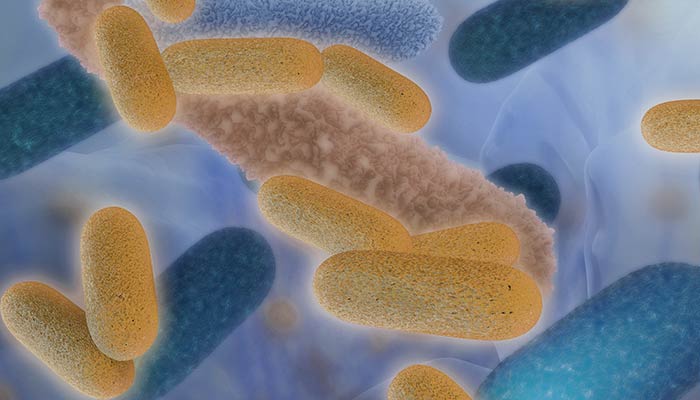Five miles from the border with the Republic of Ireland, there’s a longstanding belief among parishioners that the earth Father McGirr was buried under had almost miraculous curative powers. “The good father is said to have been a faith healer,” says Gerry Quinn, a microbiologist who grew up in the area. “On his deathbed he supposedly declared: ‘After I die, the clay that covers me will cure anything that I was able to cure when I was with you while I was alive.’” This led to a curious local custom: Petitioners will kneel beside the plot, remove a thumbnail-size patch of dirt and put it into a cotton pouch. “They will then bring the packets home—taking pains not to speak to anyone they encountered on the road—and place the pouches under their pillows,” Quinn says. “The soil is believed to alleviate many minor ailments, like flesh wounds and sore throats.”
For those of us who don’t subscribe to fable, this antic County Fermanagh folk remedy may strike a skeptical chord. But legend often reveals truth that reality obscures. Quinn, who has since moved on to Northern Ireland’s Ulster University, and his former colleagues at Swansea University Medical School in Wales recently discovered that the dirt possesses unique antibiotic properties.
According to the Swansea researchers, the soil over Father McGirr contains a previously unknown strain of Streptomyces, a genus of the phylum Actinobacteria, which has produced about two-thirds of all currently prescribed antibiotics. Soil bacteria secrete chemicals to inhibit or kill competing bacteria, and this particular strain of Streptomyces happens to mess with several disease-causing pathogens that have become impervious to conventional antibiotics.
In the search for new germ killers, researchers in the small but promising field of ethnopharmacology are investigating ancient herbal remedies and healing techniques and folk medicines. Which is what sent Quinn back to the graveyard at Sacred Heart.
Read the full story at the Smithsonian Magazine


